Understanding Bluetooth Low Energy: The Technology Behind IoT Devices
Have you ever wondered why your smartwatch can run for days without frequent charging? The secret lies in Bluetooth Low Energy (BLE). With its ultra-low power consumption, BLE has become the backbone for the development of numerous smart devices, from wearable watches and wireless earphones to smart home gadgets.
What is Bluetooth Low Energy (BLE)?
Bluetooth Low Energy (BLE/Bluetooth LE/Bluetooth Smart) is a wireless network technology that consumes very little energy, used to connect devices with each other.
This technology was initially invented by Nokia in 2006 under the name Wibree, before being integrated into Bluetooth 4.0 as BLE by the Bluetooth Special Interest Group (Bluetooth SIG) in 2010. The main goal of this integration was to optimize energy consumption.
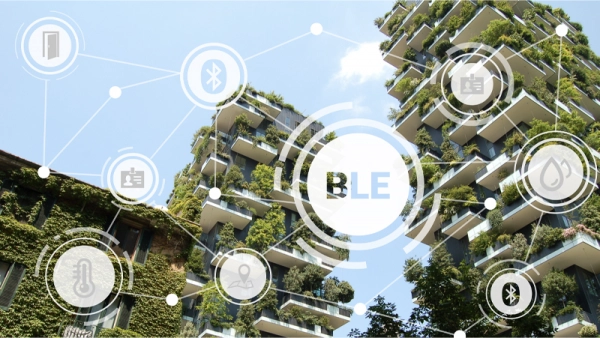
Additional Information:
- Bluetooth 4.0 includes both classic Bluetooth and Bluetooth Low Energy.
- "Bluetooth" typically refers to Bluetooth using BR/EDR/AMP technologies.
BLE is not considered an upgrade of classic Bluetooth; rather, it is a new technology focused on IoT—devices that transmit small amounts of data at low speeds.
Bluetooth vs. Bluetooth Low Energy: What's the Difference?
These two technologies are used for very different purposes:
| Classic Buetooth | Bluetooth BLE | |
| Radio Frequency | 2.4G | 2.4G |
| Range | 10m | >60m |
| Data Transfer Rate | 1-3Mbps | 1Mbps |
| Throughput | 0.7-2.1Mbps | 305kbps |
| Security | 64bit, 128bit | 128-bit AES |
| Power Consumption | Low | Very Low |
| Manufacturer | Bluetooth SIG | Bluetooth SIG |
| Network Topology | Point-to-Point Scatternet | Point-to-Point Star |
Classic Bluetooth is suitable for handling, transmitting, and exchanging large amounts of data (e.g., in audio and video applications). However, it consumes more power and is more expensive.
BLE is ideal for applications that do not require transmitting large amounts of data. It can transmit small data packets, allowing devices to run on battery power for years, at a lower cost than classic Bluetooth, as it doesn't require continuous connection.
Applications of BLE
Bluetooth Low Energy was designed to optimize user experience through IoT devices, and it has been widely adopted in various smart technology fields, such as:
- Tracking Accessories: High-precision object location tracking, like Samsung SmartTag, which attaches to items so owners can easily find them when needed.
- Smart Home: Devices controlled by smartphones, like the August Smart Lock, which turns a user's phone into a digital key.
- Fitness Wearables: Smart bands that track and record users' fitness activities, syncing data with smartphones.
- Healthcare: BLE is applied in devices like CGMP, which monitor glucose levels.
- Beacons: One of the latest advancements in location-based technology and proximity marketing, capable of identifying and sending product/promotional information to visitors within a store via their smartphones.
Types of BLE Devices
BLE devices are categorized into two types: Bluetooth Smart and Bluetooth Smart Ready.
1. Bluetooth Smart (Single Mode)
Can only communicate with Bluetooth Smart or Bluetooth Smart Ready devices.
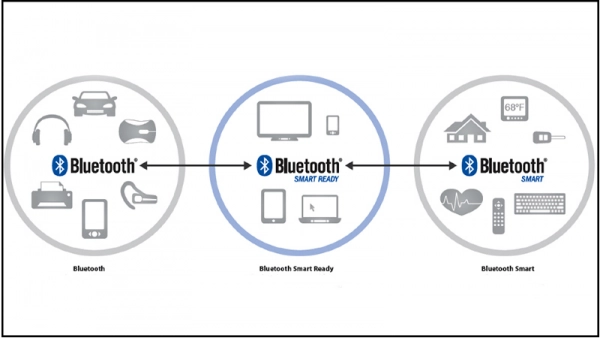
2. Bluetooth Smart Ready (Dual Mode)
Can communicate with Bluetooth Smart, Bluetooth Smart Ready, and Classic Bluetooth devices.
Central connection devices like laptops, smartphones, and tablets use Bluetooth Smart Ready (Dual Mode) chips.
Advantages and Disadvantages of BLE
As with any technology, Bluetooth Low Energy has its strengths and limitations.
Advantages:
- Minimal Energy Consumption: Allows devices to operate for months or years on a single coin battery, thanks to a mechanism that turns on when data is being sent/received and turns off when it's not.
- Low Cost: The data models and chips used to design BLE are relatively inexpensive and simple, making the technology affordable.
- Frequency: BLE operates in the 2.4 GHz ISM band, helping avoid interference with WiFi and Bluetooth devices.
- Quick Setup: Connection setup and data transmission are very fast (around 3 ms).
- Wide Integration: Most smartphones on the market today are BLE-compatible, providing a significant advantage over other technologies.
Disadvantages:
- Limited Data Throughput: The modulation frequency of BLE in space is 1 Mbps, which is the theoretical upper limit. However, in practice, this parameter is lower due to various factors.
- Limited Range: Theoretical maximum range is 100 meters, but in reality, BLE typically transmits data effectively within 30 meters, with optimal performance at 2-5 meters. Factors such as the environment, antenna design, obstacles, and device orientation affect transmission range.
Submit feedback
Your email address will not be made public. Fields marked are required *
Search
Trend
-
What is Black Myth: Wukong? Detailed Guide on System Requirements and Gameplay
08-21-2024 . 1k view
-
The simplest and fastest way to log into the Chinese TikTok, Douyin.
01-10-2022 . 1k view
-
Blog sites that will accept AI generated content
07-26-2024 . 1k view
-
Call of Duty: Black Ops 6 - Intense, Mysterious, and Surprising Warfare
09-02-2024 . 1k view
-
The "End of Life" for Windows 10: A Massive E-Waste Threat and Sustainable Solutions
08-18-2024 . 943 view






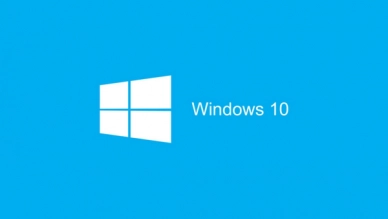
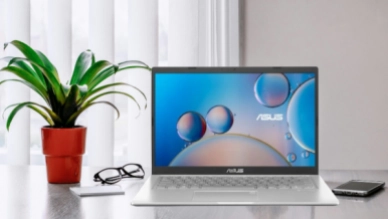
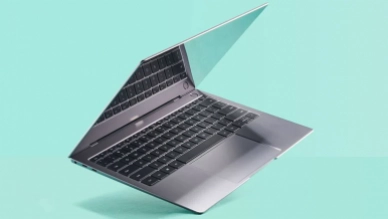

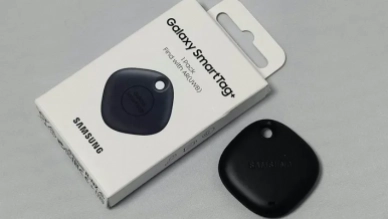
0 feedback